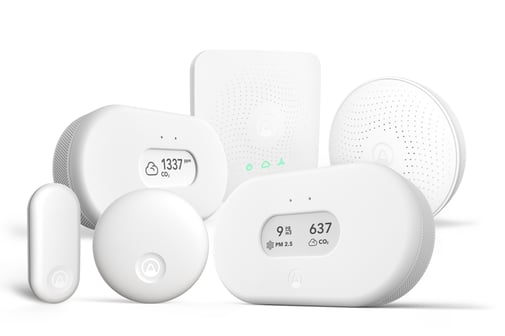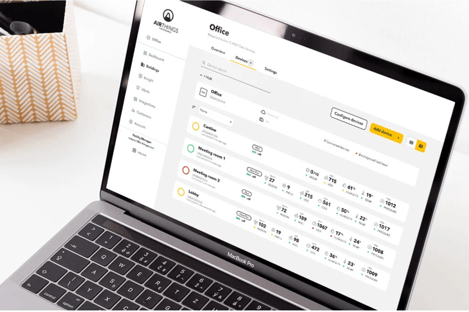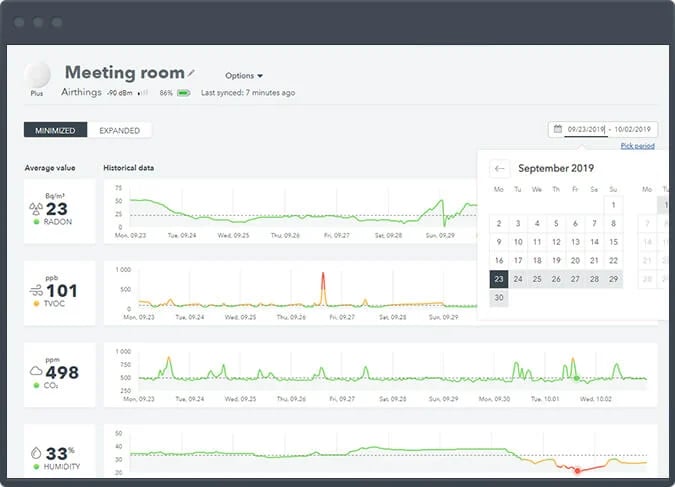Air Quality
Whats all the fuss about?
Try Our Indoor Air Quality Starter Kit
Indoor Air Quality Is affecting everyone
Sick Building Syndrome (SBS) is real and is the silent enemy of productivity, mental acuity, and, and overall health.


What are the common symptoms of SBS?
Respiratory Symptoms:
Coughing
Sneezing
Throat irritation
Runny or stuffy nose
Skin Symptoms:
Dry, itchy skin
Rashes
Irritation of eyes, nose, or throat
Neurological Symptoms:
Headaches
Fatigue
Dizziness
Difficulty concentrating
General Discomfort:
Nausea
Muscle pain
Fever
Chest tightness
Other Symptoms:
Sensitivities to odors
Frequent colds or infections
Contributing Factors:
Poor ventilation
Chemical contaminants from indoor or outdoor sources
Biological contaminants (mold, bacteria, pollen)
Inadequate cleaning
High levels of dust or particulate matter



What is in the Air We Breath
The invisible factor


Carbon dioxide (CO2) is a colorless, odorless gas that can accumulate in poorly ventilated indoor spaces. Elevated CO2 levels can impair cognitive function, causing headaches, dizziness, and reduced productivity. Prolonged exposure can lead to chronic health issues. As a facility manager, ensure healthy indoor air quality by monitoring CO2 levels, improving ventilation, and maintaining HVAC systems. Keeping CO2 in check enhances well-being, boosts productivity, and creates a safer, more comfortable environment.


Radon is a colorless, odorless radioactive gas that can seep into buildings from the ground. Prolonged exposure to elevated radon levels is the second leading cause of lung cancer, posing serious health risks. As a facility manager, ensure the safety of your indoor environment by regularly testing for radon and implementing mitigation measures if necessary. Keeping radon levels in check protects occupant health, enhances safety, and contributes to a healthier, more secure workplace.


Volatile Organic Compounds (VOCs) are harmful gases emitted from various materials and products, such as paints, cleaners, and building materials. High levels of VOCs can cause headaches, dizziness, respiratory issues, and long-term health effects. As a facility manager, ensure a healthy indoor environment by monitoring VOC levels, improving ventilation, and using low-VOC products. Keeping VOC levels in check enhances air quality, promotes well-being, and creates a safer, more comfortable workplace.


Proper humidity levels are crucial for a healthy indoor environment. High humidity can lead to mold growth and respiratory issues, while low humidity can cause dryness and irritation of the skin and respiratory tract. As a facility manager, ensure optimal humidity levels by monitoring indoor air, using dehumidifiers or humidifiers as needed, and maintaining HVAC systems. Keeping humidity in check enhances comfort, promotes health, and creates a safer, more pleasant workplace.
What Can You Do About It?
Step 1: Monitor your air




Step 2: Analyze Long Term Data To Gain Insights


Step 3: Remediate



Indoor Environmental Quality
The future of indoor spaces
Schedule a Demonstration
Learn More About How We Monitor Air, Sound, Light, and Temperature to Create the Ultimate Space.


TUNE MY SPACE LLC
Afton , Virginia 22920
(434) 218-5812
support@tunemyspace.com


